The Ultimate Middle East Travel Guide
The Ultimate Middle East Travel Guide
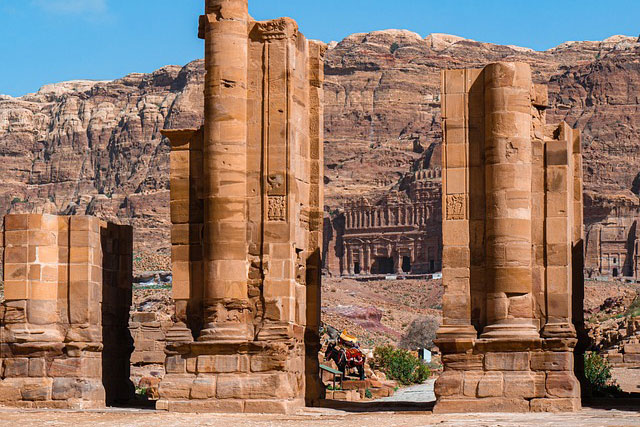
Welcome to the Middle East, a region where ancient history intertwines with futuristic innovation, where vibrant souks hum alongside towering skyscrapers, and where every destination tells a unique story. Whether you’re captivated by the ancient wonders of Egypt, the bustling markets of Istanbul, or the tranquil deserts of Oman, this guide is your comprehensive resource for planning an unforgettable journey. In this article, we’ll take you through eight must-visit countries, share insights into the region’s rich culture, and offer practical advice to ensure your seamless and enriching trip.
Table of Contents
Introduction: Why Visit the Middle East?
The Middle East is a vibrant mosaic of cultures, landscapes, and experiences that beckon travellers from around the globe. This region offers unparalleled diversity from the ancient ruins that whisper tales of lost civilisations to the modern metropolises of Dubai and Doha. History enthusiasts will find themselves lost in archaeological treasures, food lovers will delight in aromatic dishes bursting with flavour, and adventure seekers will be thrilled by opportunities to explore deserts, dive into coral reefs, or soar above surreal landscapes. This guide dives into eight remarkable countries, each with its distinct allure, and provides expert tips to help you navigate the Middle East like a seasoned traveller.
Historical Wonders
The Middle East is often called the cradle of civilisation, and nowhere is this more evident than in its historical wonders. From pharaonic tombs to ancient cities that bridged continents, the region’s past is a living tapestry woven with stories of empires, trade, and innovation. In this section, we explore Egypt and Turkey, two destinations where history isn’t just preserved—it’s palpable, inviting you to walk in the footsteps of kings, philosophers, and explorers.
Egypt
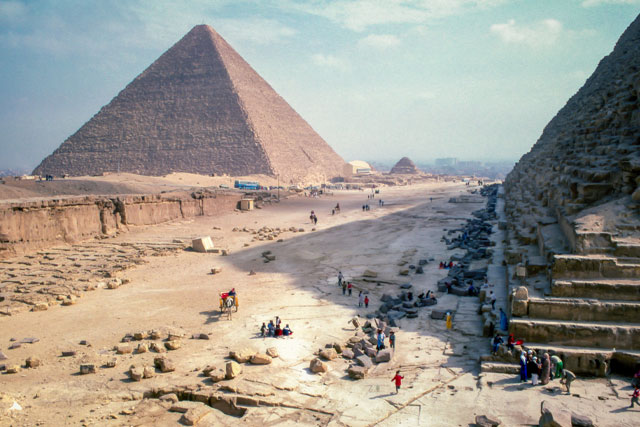
Egypt is a land where history comes alive at every turn. Explore the Pyramids of Giza, standing majestically against the desert sky, and the enigmatic Sphinx, iconic landmarks that draw millions, while Luxor’s Valley of the Kings and Karnak Temple offer a glimpse into the grandeur of ancient pharaohs. A Nile River cruise is a magical way to journey through time, passing lush banks and timeless villages, and a visit to Cairo’s Egyptian Museum reveals treasures like Tutankhamun’s golden mask. For those seeking adventure, diving in the Red Sea’s vibrant coral reefs is a must, as is sailing on a traditional felucca in Aswan. The best time to explore Egypt is between October and April, when cooler temperatures make sightseeing comfortable. To truly unlock the stories behind these ancient sites, consider hiring a local guide who can bring the history to life with fascinating details.
Turkey
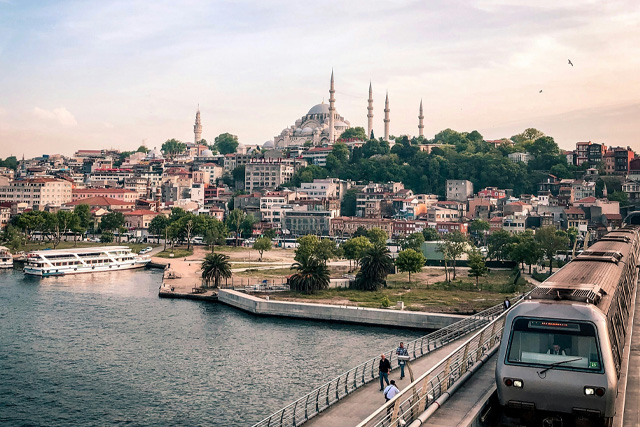
Straddling the continents of Europe and Asia, Turkey is a cultural crossroads that captivates with its blend of traditions and landscapes. In Istanbul, the Hagia Sophia and Blue Mosque stand as architectural masterpieces, their domes and minarets creating a stunning skyline. Discover the 10 Best Tourist Attractions in Turkey, including Cappadocia, with its otherworldly fairy chimneys and cave dwellings, offering a surreal experience, especially when viewed from a hot air balloon at sunrise. The ancient ruins of Ephesus and the travertine terraces of Pamukkale are equally mesmerising, showcasing Turkey’s rich historical tapestry. Wander through Istanbul’s Grand Bazaar for a sensory overload of colours and scents, or visit the legendary city of Troy to walk in the footsteps of myth. The ideal months to visit are April to May and September to October, when the weather is mild. For a taste of local life, indulge in a traditional Turkish breakfast, complete with fresh bread, cheeses, and olives.
Modern Marvels
The Middle East is not only a guardian of the past but also a pioneer of the future, with cities that redefine what’s possible. In this section, we dive into the dazzling modernity of the UAE, Qatar, and Bahrain—destinations where innovation meets luxury, offering travellers a glimpse into a world of skyscrapers, cultural landmarks, and cutting-edge experiences that blend seamlessly with deep-rooted traditions.
United Arab Emirates (UAE)
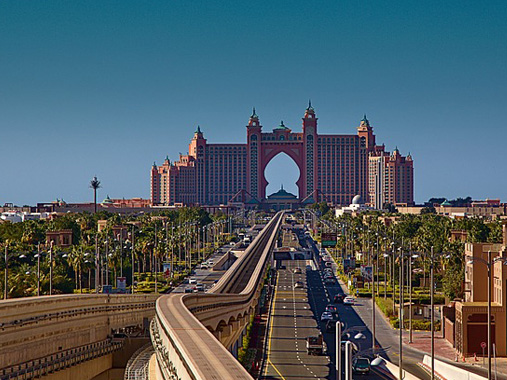
The United Arab Emirates is a dazzling showcase of ambition and innovation, where futuristic cities rise from the desert. Dubai, home to the world’s tallest building, the Burj Khalifa, dazzles with its blend of luxury and adventure. Explore the Top 10 Things to Do in Dubai, from indoor skiing and sprawling malls to desert safaris featuring dune bashing and starlit Bedouin dinners. Abu Dhabi, the capital, is equally captivating, with the Sheikh Zayed Grand Mosque’s gleaming white marble and intricate details leaving visitors in awe. Cultural gems like the Louvre Abu Dhabi and traditional experiences at the Al Ain Oasis provide a deeper connection to the UAE’s heritage. The best time to visit is from November to March, when the weather is cooler and outdoor activities are more enjoyable. To make the most of iconic attractions like the Burj Khalifa, book tickets in advance to skip the long queues and ensure a smooth experience.
Qatar
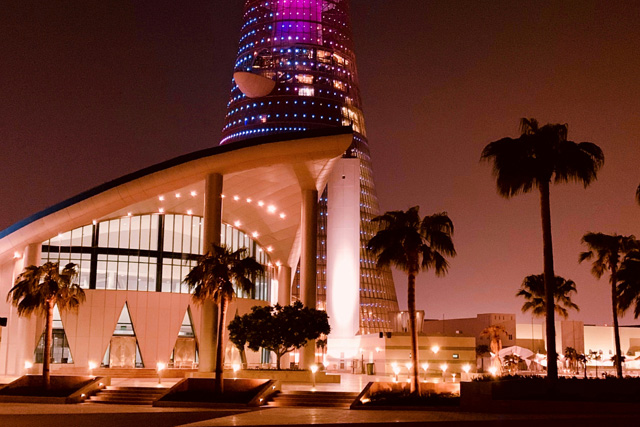
Qatar seamlessly blends its rich heritage with modern sophistication, making it a rising star in Middle Eastern travel. Doha, the capital, is home to the stunning Museum of Islamic Art, where intricate artefacts tell stories of a vibrant past, and Souq Waqif, where the aroma of spices and the chatter of vendors create an authentic atmosphere. Discover the Qatar Travel Guide to explore highlights like The Pearl, a man-made island offering luxury dining and shopping, and the legacy of the FIFA World Cup 2022, which has turned stadiums like Lusail into tourist attractions. For a taste of adventure, try desert camping under a blanket of stars or stroll along the Corniche for panoramic views of the skyline. The Katara Cultural Village is a must for art and culture enthusiasts. Visit between November and April for pleasant weather, and use the efficient Doha Metro to navigate the city with ease, making your exploration both convenient and enjoyable.
Bahrain
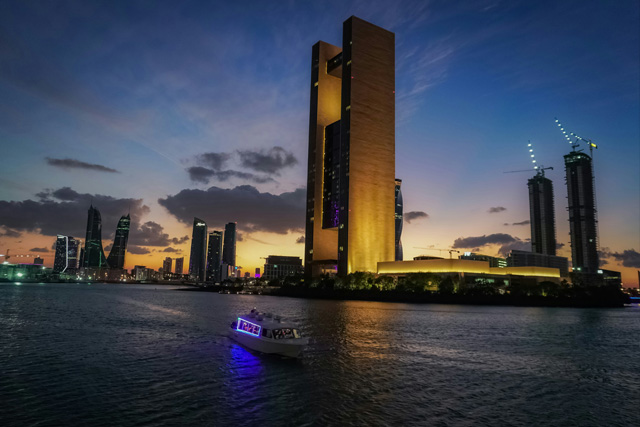
Bahrain, a small island nation with a big heart, offers a delightful mix of history, culture, and modernity. Manama, the capital, is home to Bab Al Bahrain, a historic gateway to the bustling souk, and the Bahrain National Museum, which traces the island’s ancient Dilmun civilisation. Discover the Bahrain Travel Guide to explore highlights like the Bahrain International Circuit, a thrill for motorsport fans, and UNESCO-listed sites such as Qal’at al-Bahrain and the ancient Dilmun burial mounds for history buffs. For a unique experience, dive into the crystal waters of Bahrain’s pearl-diving sites, a nod to the country’s pearling heritage, or savour local seafood dishes like machboos, a fragrant rice dish. The best months to visit are October to March, when the weather is ideal for outdoor exploration. Bahrain’s compact size makes it easy to cover its highlights, offering a perfect blend of relaxation and discovery.
Hidden Gems
Beyond the well-trodden paths lie the Middle East’s hidden gems, destinations that offer authentic experiences and untouched beauty. In this section, we uncover the treasures of Saudi Arabia, Oman, and Kuwait—countries that may fly under the radar but reward travellers with rich cultures, stunning landscapes, and warm hospitality that leave lasting impressions.
Saudi Arabia
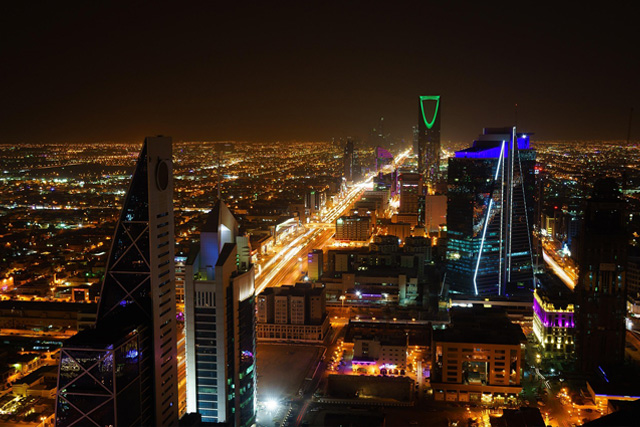
Saudi Arabia is emerging as a treasure trove for travellers, unveiling its rich heritage and dramatic landscapes. Discover the Best Places to Visit in Saudi Arabia, including AlUla, with its ancient Nabataean tombs and rock formations that rival Petra in mystique, and Jeddah’s Al-Balad district, which charms with its coral-stone houses and vibrant souks. Riyadh, the capital, blends modern skyscrapers with the historic Diriyah, a UNESCO World Heritage Site that tells the story of the kingdom’s origins. For adventure, hike the dramatic cliffs of the Edge of the World or relax on the pristine beaches of the Red Sea coast. The National Museum in Riyadh offers a deep dive into Saudi history and culture. Plan your visit between November and March for comfortable temperatures, and be mindful of local customs, especially during Ramadan, to show respect and enhance your experience.
Oman
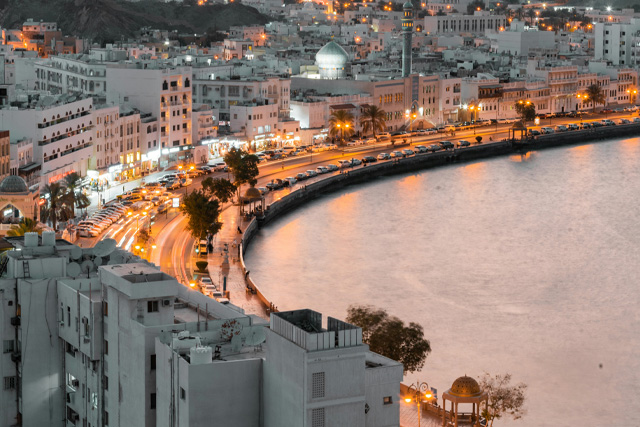
Oman is a paradise for those seeking natural beauty and authentic cultural experiences. Muscat, the capital, is home to the breathtaking Sultan Qaboos Grand Mosque, its golden dome and intricate interiors a testament to Omani craftsmanship. Nizwa, with its historic fort and lively souk, offers a window into traditional life, while the Wahiba Sands invite travellers to camp under star-filled skies or embark on thrilling dune drives. Explore Adventure Activities in Oman, such as hiking the dramatic peaks of Jebel Shams or swimming in the turquoise pools of Wadi Shab, perfect for nature lovers. Salalah’s lush greenery during the khareef season is a summer surprise. Visit between October and April for the best weather, and consider renting a 4×4 vehicle to explore Oman’s rugged terrain, ensuring you can reach its hidden gems with ease.
Kuwait
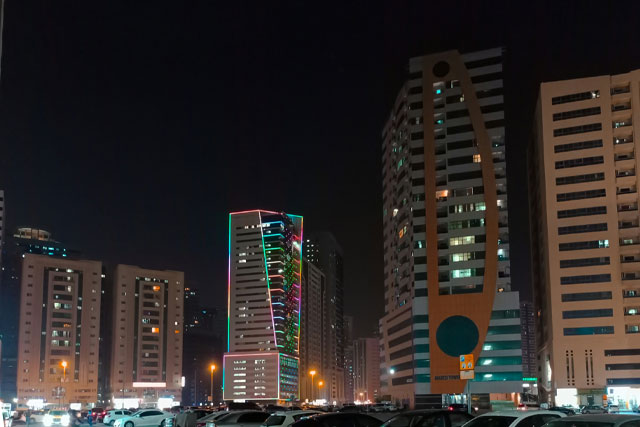
Kuwait, often overlooked, is a destination brimming with charm and surprises. The Kuwait Towers, with their iconic blue-green spheres, offer panoramic views of the Arabian Gulf, while the Grand Mosque showcases stunning Islamic architecture. The Souq Al-Mubarakiya is a vibrant hub for sampling local street food and shopping for spices, and the Tareq Rajab Museum provides a deep dive into Islamic art and Kuwaiti heritage. For history enthusiasts, Failaka Island’s archaeological sites reveal traces of ancient civilisations. The best time to visit is from November to March, when the weather is mild. To immerse yourself in local culture, try traditional Kuwaiti dishes like harees, a savoury porridge, and engage with the welcoming locals to uncover the country’s understated allure.
Cultural Highlights of the Middle East
The Middle East is a cultural kaleidoscope, where traditions and modernity intertwine to create unforgettable experiences. Savour the region’s cuisine, from Egypt’s koshari to Oman’s shuwa, a slow-cooked lamb dish. Attend vibrant festivals like Eid al-Fitr or Turkey’s Whirling Dervishes ceremonies to witness living traditions. Visit local souks to haggle for handmade crafts, or join a Bedouin tea ceremony in the desert for a moment of connection. Respect for local customs—such as modest dress and greetings like “As-salamu Alaikum”,—enhances your experience and fosters meaningful interactions with locals.
Practical Travel Tips
Navigating the Middle East is rewarding with a bit of preparation. Understanding cultural etiquette, such as dressing modestly and avoiding public displays of affection, shows respect and ensures smooth interactions. Packing light, breathable clothing and a scarf for religious sites is wise, especially for women. Plan your itinerary around the cooler months (October to April) for most countries, and research visa requirements in advance—some nations, like Saudi Arabia, now offer e-visas. Budget-conscious travellers can save by eating at local eateries, using public transport like Doha’s Metro, and booking accommodations early. Always carry cash for souks and small vendors, and consider downloading offline maps for areas with limited connectivity.
Safety and Travel Essentials
The Middle East is generally safe for travellers, but staying informed is key. Check travel advisories before your trip, and register with your embassy for updates. Carry copies of your passport and visas, and store valuables securely. Respect local laws—alcohol is restricted in some countries, and photography near government sites may be prohibited. Stay hydrated in the desert climate, and use sunscreen to protect against the strong sun. For peace of mind, purchase travel insurance that covers medical emergencies and trip cancellations. Learning a few Arabic or Turkish phrases, like “Shukran” (thank you), can go a long way in building rapport with locals.
Conclusion: Start Your Middle East Adventure
The Middle East is a destination that captivates the heart and soul, offering a blend of ancient wonders, modern marvels, and warm hospitality. Whether you’re exploring the bustling streets of Istanbul, marvelling at the futuristic skyline of Dubai, or finding serenity in the deserts of Oman, each moment is an opportunity to create lasting memories.


